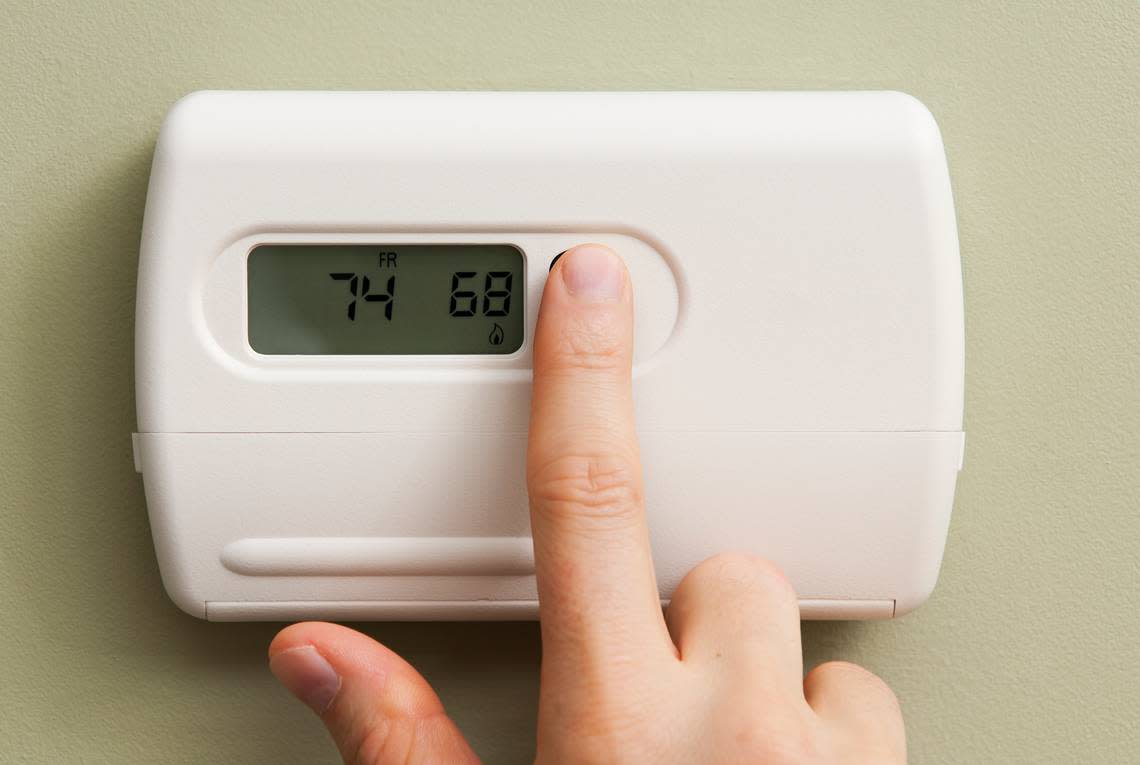Does setting my AC to 78 degrees save money during California heat wave? What expert says

Reality Check is a Bee series holding officials and organizations accountable and shining a light on their decisions. Have a tip? Email realitycheck@sacbee.com.
As much of California copes with scorching temperatures, residents are switching on their air conditioners and fans to keep cool.
The Golden State’s rising heat levels have made this age-old question resurface: Does setting my thermostat to 78 degrees actually save me money in the summer?
The Sacramento Bee reached out to Deione Brown, owner of Sacramento heating-and-cooling company Capital City Comfort, Inc., to see if there’s any truth to the popular claim.
We also wanted to understand how utilities such as Sacramento Municipal Utility District and PG&E landed on what experts consider the ideal home temperature for summer.
Here’s what we found:
Is it cost-effective to set thermostat to 78 degrees in summer?
Setting your thermostat to 78 degrees during the hotter months is a good rule of thumb, Brown told The Bee during a phone interview on Monday.
Keeping the temperature between 75 and 78 degrees will reduce the risk of overworking your heating, ventilation and air conditioning system, he said, and keep your electrical costs down.
Brown, who‘s served the greater Sacramento area since 2016, said his Pocket-area home is set to 78 degrees per SMUD’s recommendation and “it works.”
The community-owned electric utility advises customers to set their thermostats to at least 78 degrees during the summer and 68 degrees during the winter.
“You’ll save around 5% to 10% on cooling costs for every two degrees you raise the temperature,” SMUD wrote on its site.
Pacific Gas and Electric has similar advice.
How can I save money on electricity bill during heat wave?
People can save up to 10% per year on heating and cooling expenses by being strategic with their thermostats, according to the U.S. Department of Energy.
The federal energy agency advises folks to keep their homes warmer than normal when they’re away and set their thermostats as “high as comfortable” when home.
“A higher interior temperature will slow the flow of heat into your house, saving energy on air conditioning,” the energy department said, adding that people spend less on electricity if the temperature inside their home is similar to the one outside.
However, it’s more nuanced than that.
How quickly your home reaches your optimal temperature is based on several factors including its windows, insulation and the size of your HVAC system, Brown said.
These things should be checked by a professional before the warm weather settles in, he added.
“When it is 110 degrees outside, your unit is working very hard to achieve 78 degrees inside, especially when compared to a 90-degree day,” PG&E wrote on its site, adding that air conditioners are typically the most used home appliance.
How to save energy during the summer
Here’s a list of energy-saving tips, created by SMUD, to help you get the most out of your cooling system during the summertime:
Clean your HVAC filters once a month during the coldest and warmest months.
Do not block air vents.
Replace old caulking and seal air leaks with weatherstripping around windows and doors.
Change out air handler filters regularly.
Replace damaged insulation and regularly check equipment.
Use window curtains and blinds to block direct sun into your home.
What do you want to know about life in Sacramento? Ask our service journalism team your top-of-mind questions in the module below or email servicejournalists@sacbee.com.
